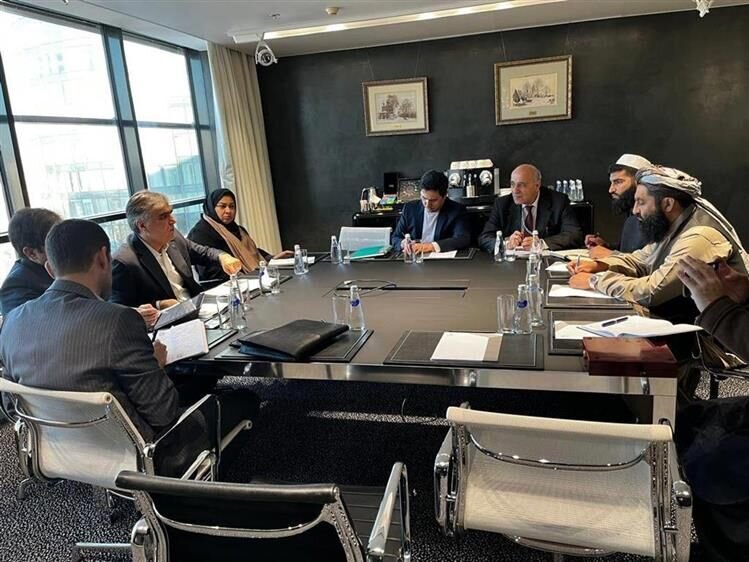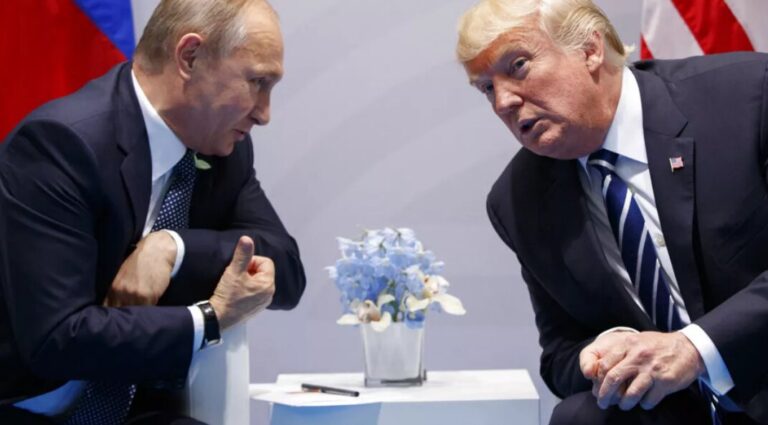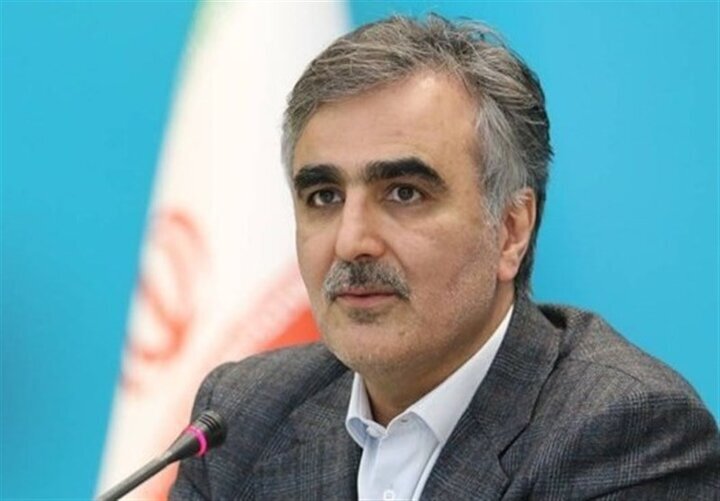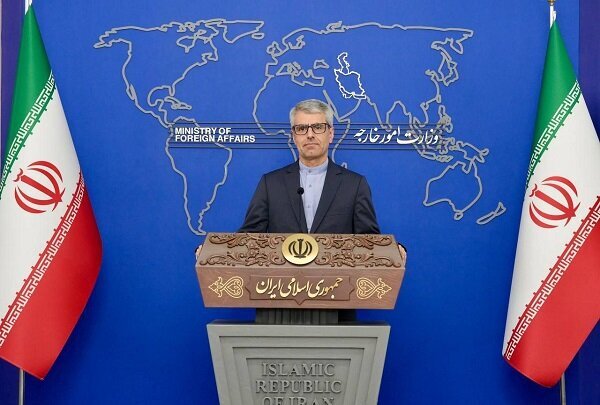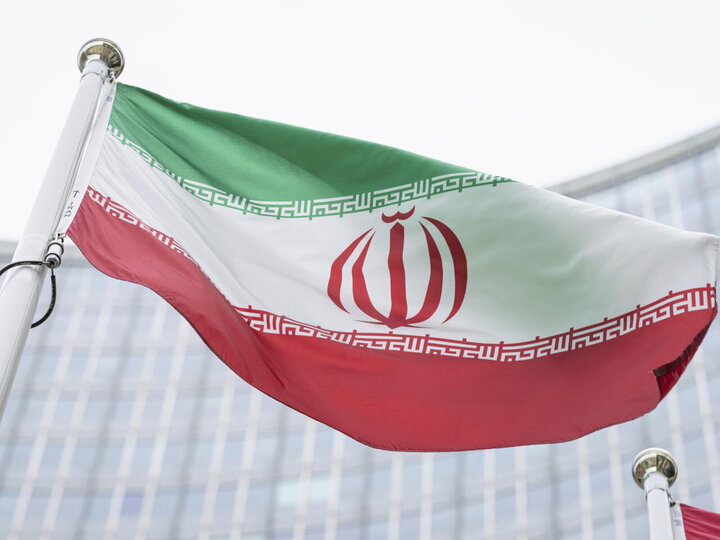Iran and Afghanistan Sign Landmark MoU to Boost Monetary and Banking Cooperation
In a significant development for financial relations in the region, Iranian and Afghan top bankers have signed a memorandum of understanding (MoU) aimed at enhancing banking and monetary cooperation. This agreement is expected to pave the way for improved economic ties between the two nations, fostering greater stability and growth.
The signing of the MoU took place on February 20 in Tehran, marking a pivotal moment in the financial collaboration between Iran and Afghanistan. The agreement is designed to facilitate several key areas of cooperation aimed at strengthening the banking systems of both countries.
Key Components of the Memorandum
The MoU encompasses a variety of initiatives that will enhance banking operations and monetary policies. Here are some of the key components:
- Joint Financial Projects: The agreement outlines plans for joint financial initiatives that will benefit both nations.
- Exchange of Information: Regular sharing of financial data and banking practices is fundamental to the cooperation.
- Capacity Building: There will be efforts to build capacity within the banking sectors of both countries through training programs.
- Investment Opportunities: The MoU aims to create a conducive environment for investment from both sides.
Significance of the Cooperation
This memorandum is significant for several reasons:
- Strengthening Economic Ties: The MoU is expected to strengthen economic ties between Iran and Afghanistan, leading to mutual benefits.
- Improving Financial Stability: Enhanced cooperation can lead to greater financial stability in the region, which is crucial for economic growth.
- Facilitating Trade: The agreement may facilitate smoother trade transactions between the two nations, benefiting businesses and consumers alike.
Leaders from both countries expressed optimism about the future implications of this agreement. They believe that by working together, they can overcome challenges in the banking sector and foster a thriving economic partnership. The collaboration is not only expected to bolster the banking systems but also to encourage foreign investment in both nations.
Future Prospects
Looking ahead, the MoU lays the groundwork for a series of initiatives that could transform the banking landscape in Iran and Afghanistan. The focus will be on:
- Digital Banking Solutions: Emphasizing the development of digital banking services to enhance accessibility and efficiency.
- Cross-Border Transactions: Streamlining cross-border transactions to promote trade and economic collaboration.
- Regulatory Frameworks: Establishing compatible regulatory frameworks that support cooperation and protect investors.
Both nations recognize the importance of a robust banking system as a backbone for economic development. The MoU is a step toward achieving a more integrated financial ecosystem that can withstand regional challenges.
Conclusion
The signing of the memorandum of understanding between Iranian and Afghan bankers marks a pivotal moment in their economic relationship. By enhancing banking and monetary cooperation, both countries aim to foster a more stable and prosperous future. As they embark on this journey, the focus will be on creating a sustainable framework that benefits both parties, ultimately contributing to regional stability and growth.
In summary, the MoU not only signifies a commitment to improving financial ties but also sets the stage for future collaboration that can lead to greater economic prosperity in both Iran and Afghanistan.
